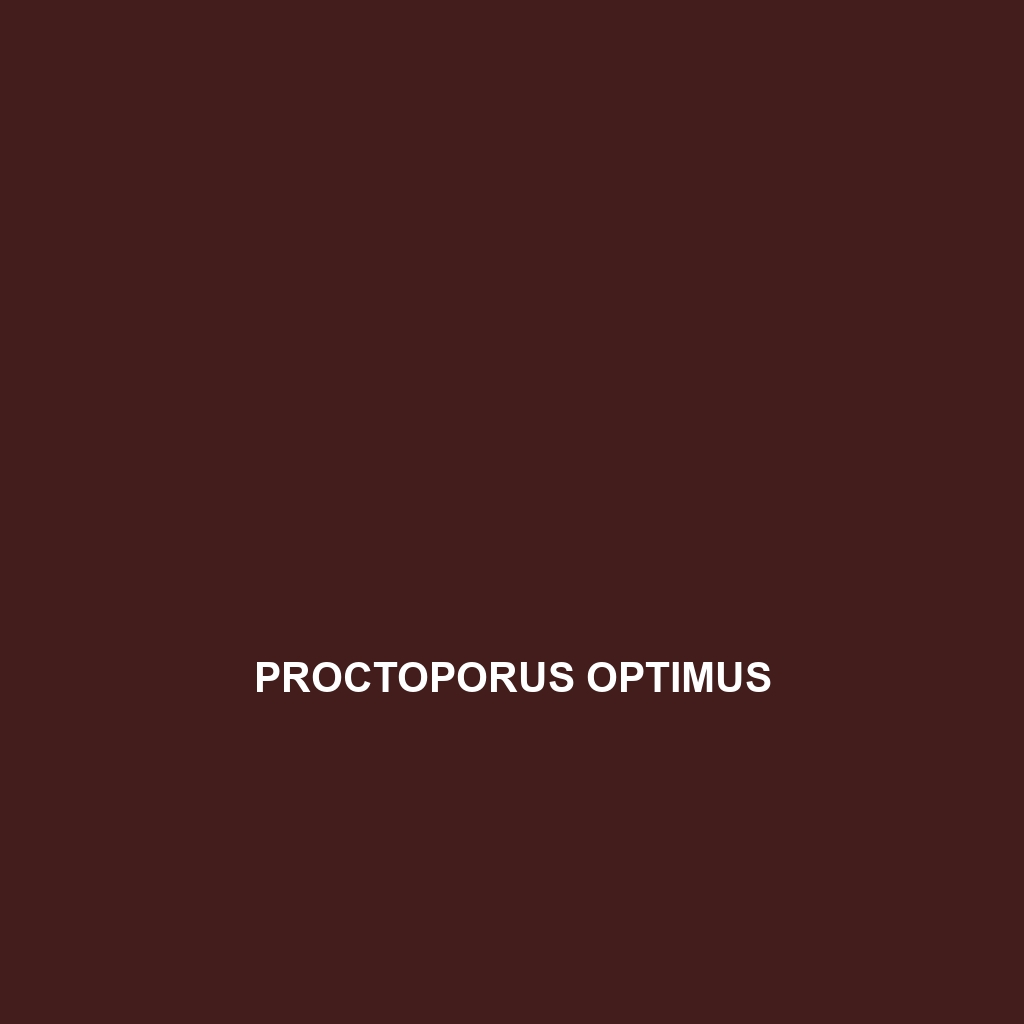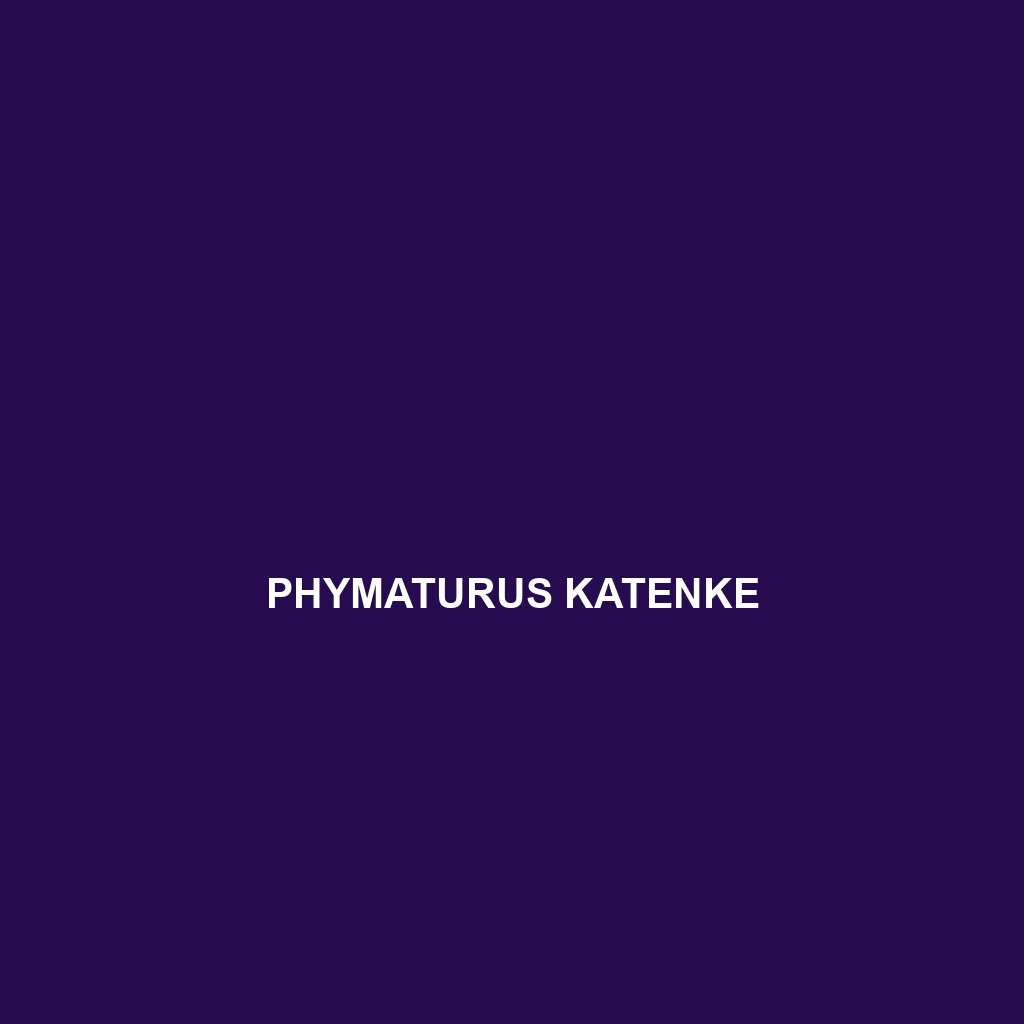<p><b>Smaug barbertonensis</b>, also known as the Barberton rock lizard, is a vulnerable species native to the rainforests and rocky outcrops of the Barberton Mountains in South Africa. This diurnal lizard, measuring up to 35 centimeters, features spiny scales for camouflage and primarily feeds on insects, playing a crucial role in regulating local insect populations and maintaining ecosystem balance.</p>
Tag: lizard dietary habits
Smaug barbertonensis
<p><b>Smaug barbertonensis</b>, also known as the Barberton rock lizard, is a vulnerable species native to the rainforests and rocky outcrops of the Barberton Mountains in South Africa. This diurnal lizard, measuring up to 35 centimeters, features spiny scales for camouflage and primarily feeds on insects, playing a crucial role in regulating local insect populations and maintaining ecosystem balance.</p>
Pseudocalotes guttalineatus
The <b>Pseudocalotes guttalineatus</b>, or lined tree lizard, is a striking, arboreal species native to Southeast Asia, exhibiting vibrant color variations and unique adaptations for navigating its tropical rainforest habitat. As a primarily insectivorous lizard, it plays a crucial role in its ecosystem, controlling insect populations and serving as prey for larger animals.
Proctoporus optimus
<p><b>Proctoporus optimus</b> is a medium-sized lizard native to the high-altitude regions of the Andes mountains in Peru, characterized by its robust body, glossy scales, and unique coloration. This insectivorous species thrives in moist temperate forest habitats, exhibiting remarkable climbing abilities and playing a vital role in its ecosystem by controlling insect populations.</p>
Pseudocalotes guttalineatus
The <b>Pseudocalotes guttalineatus</b>, or lined tree lizard, is a striking, arboreal species native to Southeast Asia, exhibiting vibrant color variations and unique adaptations for navigating its tropical rainforest habitat. As a primarily insectivorous lizard, it plays a crucial role in its ecosystem, controlling insect populations and serving as prey for larger animals.
Proctoporus optimus
<p><b>Proctoporus optimus</b> is a medium-sized lizard native to the high-altitude regions of the Andes mountains in Peru, characterized by its robust body, glossy scales, and unique coloration. This insectivorous species thrives in moist temperate forest habitats, exhibiting remarkable climbing abilities and playing a vital role in its ecosystem by controlling insect populations.</p>
Phymaturus katenke
<p><b>Phymaturus katenke</b>, a vulnerable lizard native to the Patagonia region, thrives in rocky hills at elevations of 500 to 2000 meters. With its distinctive coloration and diurnal habits, this insectivorous species plays a crucial role in its ecosystem by controlling insect populations and serving as prey for larger predators.</p>
Phrynocephalus mystaceus
Discover the <b>Moustached Dragon</b> (<i>Phrynocephalus mystaceus</i>), a resilient desert lizard from Central Asia, known for its striking yellowish-brown coloration, distinctive throat spines, and insectivorous diet. With its unique adaptations for life in arid environments, this species plays a vital role in maintaining the ecological balance while showcasing fascinating behaviors such as territorial displays and ambush hunting.
Phrynocephalus helioscopus
<p>The <b>sun-scaled agama</b> (<i>Phrynocephalus helioscopus</i>) thrives in the arid regions of Central Asia, showcasing a flattened body and unique sun-scaled pattern that aids in camouflage and thermoregulation. This insectivorous lizard is active by day, exhibiting territorial behavior and engaging in elaborate courtship rituals during the breeding season.</p>
Liolaemus scorialis
<strong>Liolaemus scorialis</strong>, a striking lizard native to the arid regions of South America, features a slender body averaging 25-30 cm in length, with earthy tones for camouflage. Known for its diurnal behavior and unique reproductive strategy of live birth, this species plays a vital role in pest control and maintaining ecological balance.









